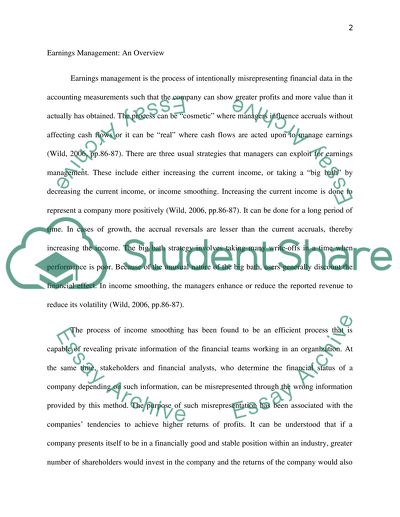Cite this document
(“Finance and Accounting Essay: Business Financial Crime Essay”, n.d.)
Retrieved from https://studentshare.org/finance-accounting/1394098-business-financial-crime
Retrieved from https://studentshare.org/finance-accounting/1394098-business-financial-crime
(Finance and Accounting Essay: Business Financial Crime Essay)
https://studentshare.org/finance-accounting/1394098-business-financial-crime.
https://studentshare.org/finance-accounting/1394098-business-financial-crime.
“Finance and Accounting Essay: Business Financial Crime Essay”, n.d. https://studentshare.org/finance-accounting/1394098-business-financial-crime.


